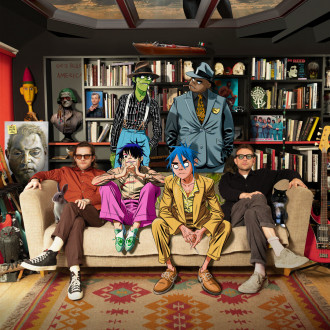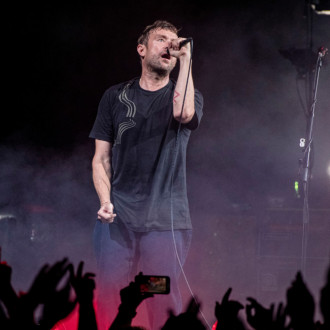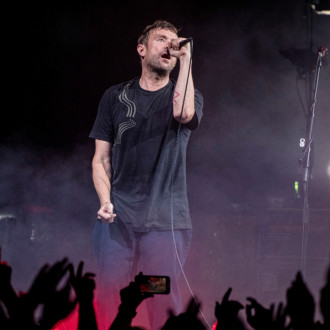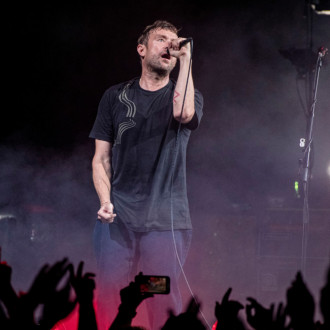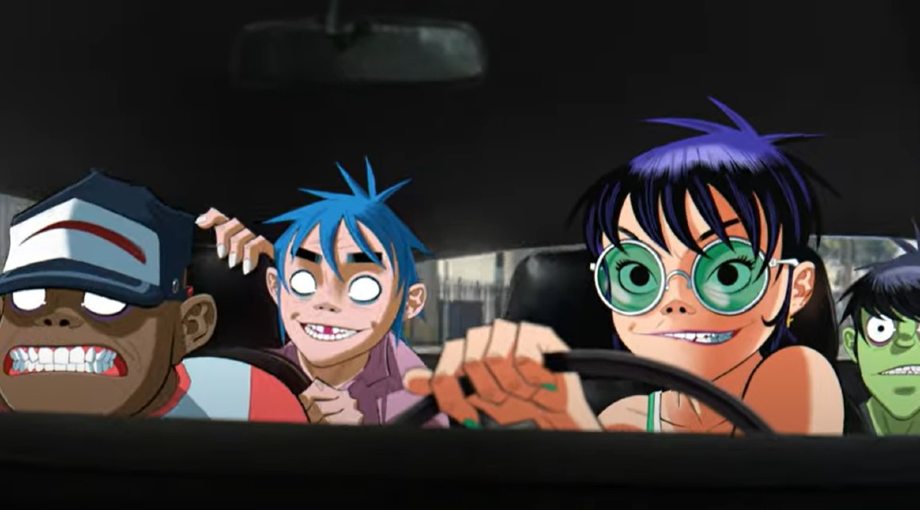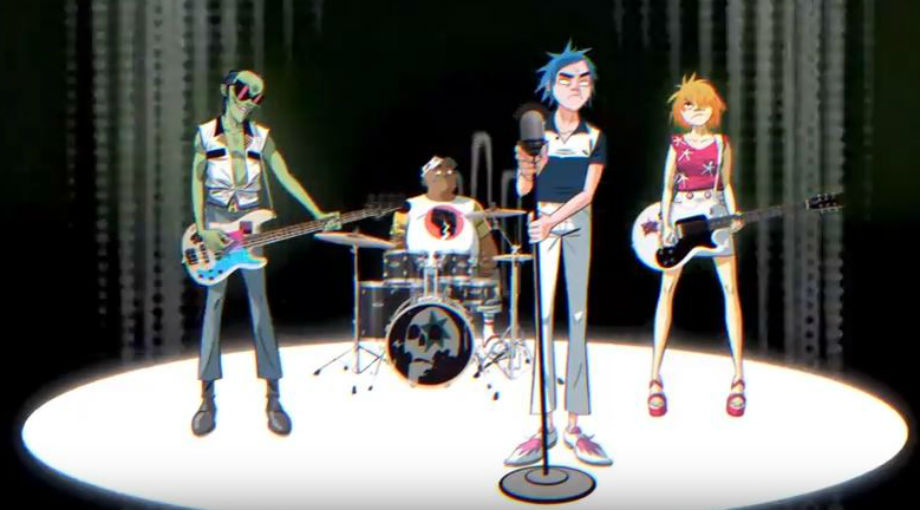Album Of The Week: The twentieth anniversary of the eponymous debut album by Gorillaz
By Andrew Lockwood in Music / Festivals on 26 March 2021
Gorillaz first album saw a concept realised in full, challenged stereotypes and paved the way for more adventurous musical exploration.
Two decades ago the popular musical landscape was changed substantially by a creation that embraced a cohesive fusion between music and virtual reality in a way that had not been explored on such a scale before. With the advent of Gorillaz there was something new, something vital and something to challenge the turgid norm that permeated much of the music scene around the turn of the century. Brit Pop was in the death throws of it's final spluttering breathe, dance music was reaching a point of mild stagnation and Hip-Hop was limping along to the familiar tune of Jay-Z and Naz.

In a near perfect storm of coincidence and creative longing, Blur were also in a state of fluctuating turmoil. There were on-going differences beginning to surface within the band, and tensions were high. Graham Coxon in particular was unhappy with the direction of the band, and it's musical output. This, coupled with a yearning desire to explore wider musical channels, and realise creative goals that were not deemed possible within Blur at the time, gave Damon Albarn the ideal set of circumstances in which he could seize his moment.
And so it was that Gorillaz, the band, the concept, the ethos and the creative force were given their first outing. Damon Albarn met up with Jamie Hewitt in 1990 but it was years later before they decided to eventually form a 'band'. Initially contrived as both a comment and response to the plethora of manufactured boy bands and the waning creativity being displayed via MTV, Gorillaz brought something more than just a fresh and vital prospective to music. They were not the new Sigue Sigue Sputnik, with a short shelf life and limited ideas, they were brimming with ideas and not afraid to try them out.
Gorillaz not only changed the musical landscape forever they also allowed their helmsman, Damon Albarn, to cast off the shackles of his Brit Pop behemoth Blur. Without the freedom he was allowed in Gorillaz, and without the success that came with that, it is less likely that we would have seen The Good The Bad & The Queen, Rocket Juice And The Moon, Damon Albarn's solo work, Dr Dee or Monkey: Journey To The West.
The eponymous debut album from Gorillaz was released on the 26th March 2001 but it was preceded by their game changing single, Clint Eastwood, on March 5th. The lead track from the Gorillaz first album was a huge success, climbing to number four in the UK, and even reaching number one in some countries. The slouching, stoner beat, paired together with a slackly delivered vocal and an interlaced rap, combined to offer up something extraordinary. The haunting harmonica that references the spaghetti westerns of the song's protagonist provide a great loop whilst the soundtrack is further developed through organ keys and cleverly added strings. Clint Eastwood remains one of the most individual and instantly recognisable singles of the 21st century. Couple this with the outstanding video, and the rest is history.
Albarn and Hewitt combined many influences and genres to splice together their own musical creations. This was, and still is, a fusion that knows no boundaries and is not defined by any sense of rigidity to conform or replicate. Gorillaz were then, and are now, making their own kind of music. At the onset of the band they were also very keen to push the virtual nature of it's existence and deliberately avoided giving up it's USP. 2-D, Murdoc Niccals, Russel Hobbs and Noodle were not your average four piece, were not about to be pigeon-holed and wanted to stay in character for as long as possible.
Rock the House, the third single and the second track to feature the talents of Del the Funky Homosapien, drew on more influences as it added to the eclectic, but delirious mix. In some ways both of these tracks set the future template for the operating model of Gorillaz later work. The further the band has expanded it's musical palette the further it has used the talents of a wide ranging set of inspiring artists.
The second single, 19-2000 was an altogether different proposition than either of the two singles it was sandwiched between. The electro enhanced track, that employed samples and a irresistibly catchy child-like loop, was a playful yet effective song that showed just how adventurous the band were prepared to be.
Throughout the Gorillaz debut album there are some fabulously contrived compositions. The album veers between moments of sleazy Latin, through to Hip-Hop, Trip-Hop and electronica. Some of the ideas used are strikingly different and if you'd have tried to sell the concept ahead of it's creation you'd have probably struggled were it not for the pedigree of it's creators. The arrangement of some of the songs challenges preconceived ideas, as does the structure of some of the songs. Where are the choruses? Where's the breakdown? Where's the crescendo? These things weren't cast aside but neither were they a major concern.
Gorillaz debut album worked because it wasn't normal, because it presented something different, because it showed you that you could combine different genres, different techniques and different, sometimes disparate, ideas into one generally cohesive, challenging and adventurous album. What a beginning and what a platform from which to build.
Contactmusic

